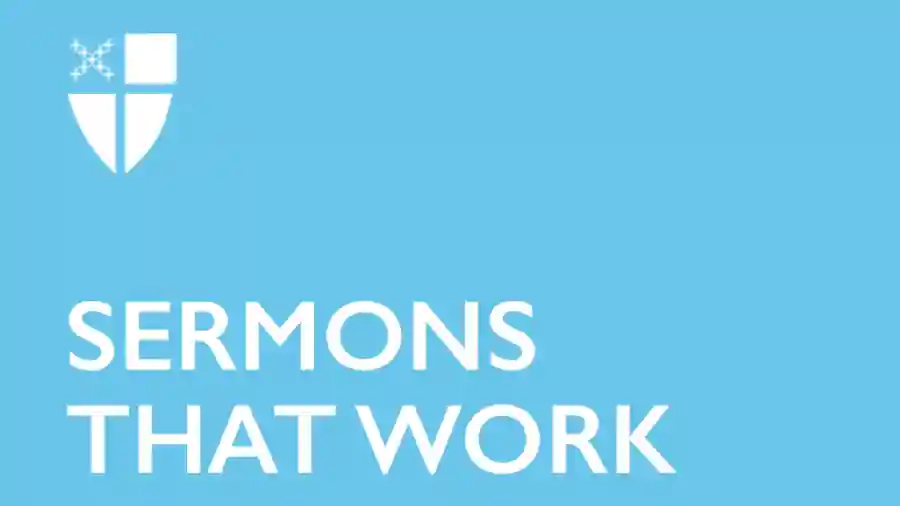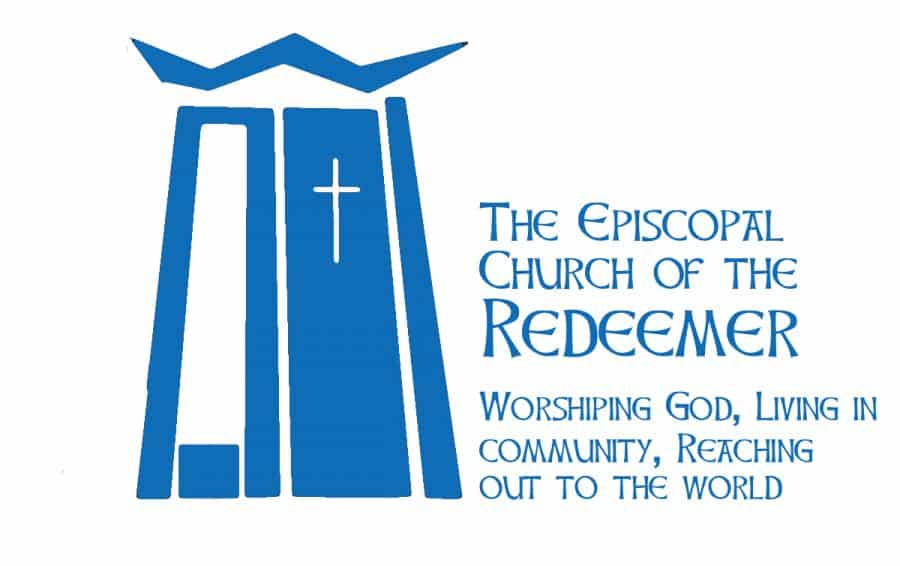This is the weekly bulletin insert from Sermons That Work.
The First Book of Common Prayer
This bulletin insert was very lightly adapted from the entry from A Great Cloud of Witnesses for the First Book of Common Prayer. This feast of the church can be observed on a weekday after Pentecost.

The first Book of Common Prayer, the forerunner of those well-worn books in your pew rack, came into use on the Day of Pentecost, June 9, 1549, in the second year of the reign of King Edward VI. From it have descended all subsequent editions and revisions of the book in the churches of the Anglican Communion.
Though prepared by a commission of learned bishops and priests, the format, substance, and style of the Prayer Book were primarily the work of Thomas Cranmer, Archbishop of Canterbury, 1533–1556.
Sources for the first Book of Common Prayer
These were the principal sources employed in the compilation of the first Book of Common Prayer:
- The medieval Latin service books of the Use of Sarum (Salisbury)
- Enrichments from the Greek liturgies
- Certain ancient Gallican rites
- The vernacular German forms prepared by Luther
- A revised Latin liturgy of the reforming Archbishop Hermann of Cologne
The Psalter and other biblical passages were drawn from the English “Great Bible” authorized by King Henry VIII in 1539. The Litany was taken from the English form issued as early as 1544.
The result of creating the Book of Common Prayer
The originality of the Book of Common Prayer, apart from the felicitous translations and paraphrases of the old Latin forms, lay in its simplification of the complicated liturgical usages of the medieval Church. This made it suitable for use by the laity as well as by the clergy. The book thus became both a manual of common worship for Anglicans and a primary resource for their personal spirituality.
A Collect to Mark the First Book of Common Prayer
Almighty and everliving God, whose servant Thomas Cranmer, with others, did restore the language of the people in the prayers of thy Church: Make us always thankful for this heritage; and help us so to pray in the Spirit and with the understanding, that we may worthily magnify thy holy Name; through Jesus Christ our Lord, who liveth and reigneth with thee and the Holy Spirit, one God, for ever and ever. Amen.
Weekly bulletin inserts
This weekly bulletin insert provides information about the history, music, liturgy, mission, and ministry of The Episcopal Church. For more information, please contact us at stw@episcopalchurch.org.

Sermons That Work
For more than 20 years, Sermons That Work, a ministry of The Episcopal Church’s Office of Communication, has provided free sermons, Bible studies, bulletin inserts, and other resources that speak to congregations across the Church. Our writers and readers come from numerous and varied backgrounds, and the resources we provide are used in small house churches, sprawling cathedrals, and everything between.

Church of the Redeemer
Church of the Redeemer: Worshiping God, living in community, and reaching out to the world around us. We are an Episcopal Church serving north King County and south Snohomish County, Washington. As you travel your road, go with friends walking the way of Jesus at Redeemer.
Church of the Redeemer is at 6210 Northeast 181st Street in Kenmore, Washington. The campus is a short distance north of Bothell Way, near the Burke-Gilman Trail. The entrance looks like a gravel driveway. The campus is larger on the inside than it is on the outside. And we managed to hide a large building on the side of a hill that is not easily seen from the street.
The Episcopal Church welcomes you.



